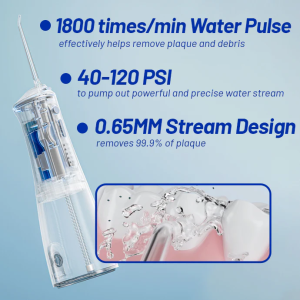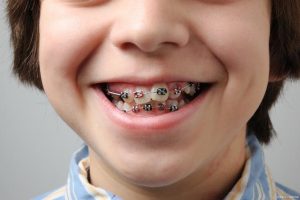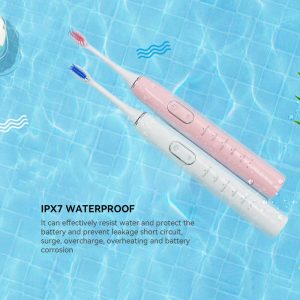In the world of oral care, sonic toothbrushes have become a game-changer. With their ability to produce between 31,000 and 40,000 vibrations per minute, they promise deeper and more effective cleaning than traditional manual brushing. But what makes these sonic toothbrush motors so powerful? In this blog, we’ll explore the science behind sonic toothbrush vibrations and how they work to improve oral hygiene.
The Role of Sonic Toothbrush Motors in Cleaning Effectiveness
At the core of any sonic toothbrush is its motor, which drives the high-frequency vibrations essential for deep cleaning. Here’s how the motor functions:
- Motor Design: The motor inside a sonic toothbrush uses either a magnetic or linear actuator to create rapid back-and-forth motion.
- Vibration Frequency: Depending on the design, sonic toothbrush motors can produce anywhere from 31,000 to 40,000 vibrations per minute, significantly enhancing cleaning efficiency.
- Brush Head Movement: This rapid vibration translates into a high-frequency brushing motion that helps disrupt plaque and bacteria on the teeth and gums.
The high vibration frequency ensures that the sonic toothbrush vibrations can reach areas traditional brushes can’t, such as between teeth and along the gumline.
The Science Behind the High-Frequency Vibrations
The effectiveness of sonic toothbrushes lies in the frequency of the vibrations. Studies show that sonic toothbrush vibrations generate cleaning action in multiple ways:
- Mechanical Action: The rapid motion of the bristles helps remove plaque from the teeth’s surface.
- Fluid Dynamics: Sonic vibrations create micro-bubbles in the mouth, which penetrate the spaces between teeth and along the gumline. This action helps to wash away debris and bacteria that are hard to reach with manual brushing.
The higher the frequency (31,000-40,000 vibrations per minute), the more effective the brush is at cleaning difficult-to-reach areas.
How Sonic Toothbrush Vibrations Improve Plaque Removal
Plaque is a sticky film of bacteria that builds up on teeth over time, leading to cavities and gum disease. Here’s how the high-frequency vibrations from sonic toothbrush motors help combat plaque:
- Enhanced Bristle Movement: The bristles move at an incredibly fast pace, allowing them to dislodge plaque more efficiently than manual brushing.
- Hydrodynamic Cleaning: The vibrations create fluid dynamics that help wash away the loosened plaque, giving you a deeper clean.
Studies have shown that sonic toothbrushes remove plaque more effectively than manual brushes, particularly in areas that are harder to reach with a traditional brush.
Benefits of 31,000-40,000 Vibrations per Minute
Sonic toothbrushes with 31,000-40,000 vibrations per minute provide several distinct advantages:
- Better Cleaning Efficiency: These high frequencies allow the toothbrush to clean more thoroughly with less effort, making it ideal for people with busy lifestyles.
- Gentle Yet Effective: While the vibrations are fast and powerful, they are also gentle on the gums, reducing the risk of gum irritation or enamel wear compared to manual brushing.
- Improved Gum Health: The high-frequency movements help massage the gums, improving circulation and promoting better gum health.
For manufacturers, incorporating sonic toothbrush motors with this vibration range ensures that consumers experience superior cleaning and comfort.


